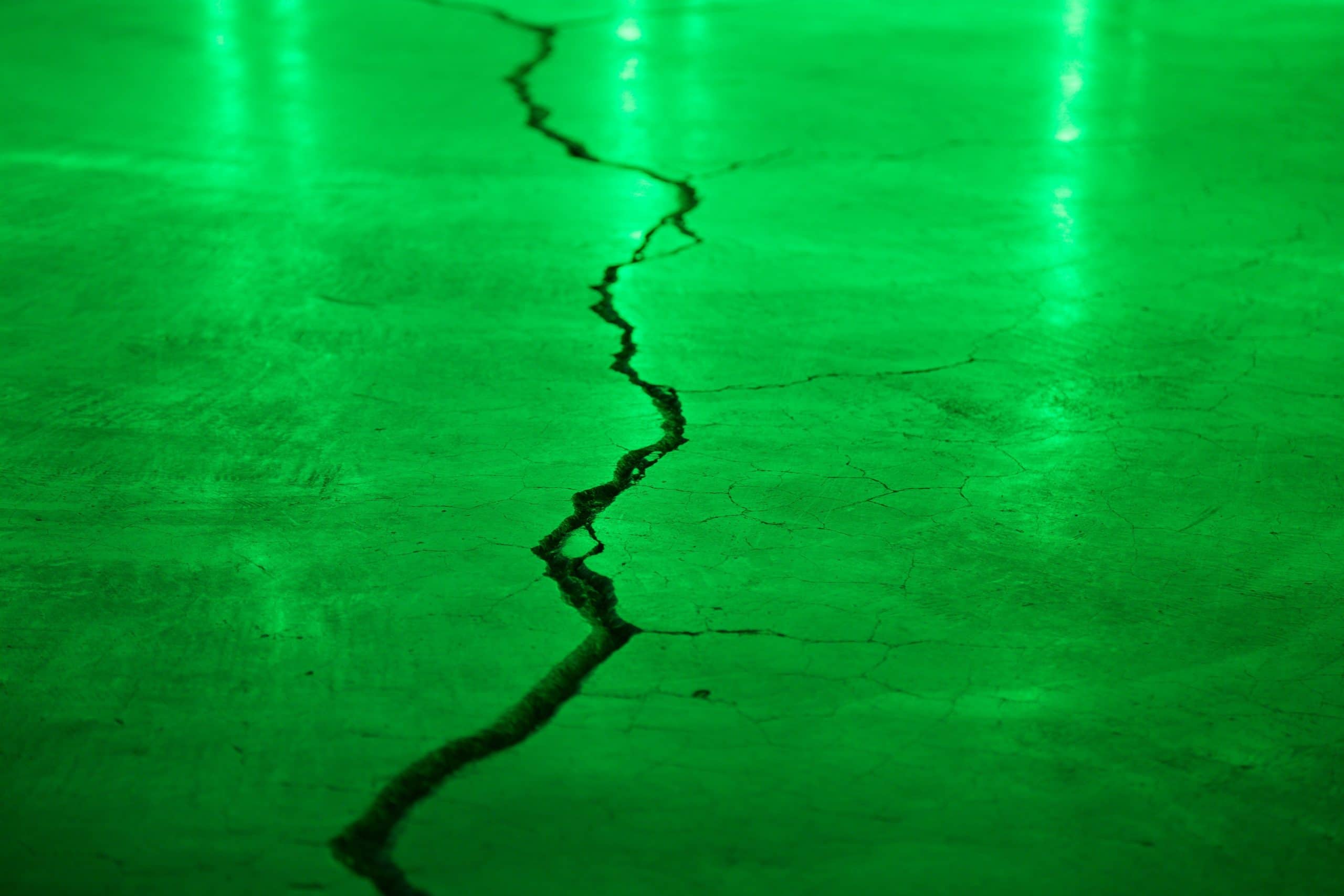Your garage floor takes a lot of abuse; odds are, at least one 4,000-pound vehicle is parked there daily, not to mention heavy-foot traffic, noxious fumes, stored chemicals, and temperature fluctuations. Should you repair a damaged floor or replace it with a permanent coating that prevents further damage? Here are some factors to consider.
Age and Poor Installation
Garage floors should last 20 to 25 years before being replaced. However, if poorly or improperly installed, expect to encounter problems much earlier. Issues that could affect a garage floor quality include a subbase that wasn’t dug deep enough, low-grade cement, and improper compacting or grading.
Shrinkage Cracks vs. Settlement Cracks
Two types of cracks can eventually appear shrinkage cracks and settlement cracks. Shrinkage cracks occur when poured concrete shrinks while drying, they are also caused by inconsistent freeze-and-thaw cycles. This is more cosmetic damage than serious damage, while on the other hand, settlement cracks happen when the soil beneath the floor shifts, often causing the floor on each side of a crack to settle at a different height. This is a serious foundation problem that requires professional attention.
Aesthetics
Your garage floor may last the aforementioned 20 to 25 years, but that doesn’t mean it looks new and clean for that long. In addition to cracks or stains, pitting occurs when sand, dirt, and debris are ground into the surface, and water damage appears in garages that weren’t graded properly. The key to preventing an otherwise organized space from looking drab is to apply an epoxy coating that is beautiful, washable, and durable.
Want More Ideas?
Contact Garage Design Works to discover how the fresh, durable epoxy coating of an Orlando garage floor can take your space to the next level.


